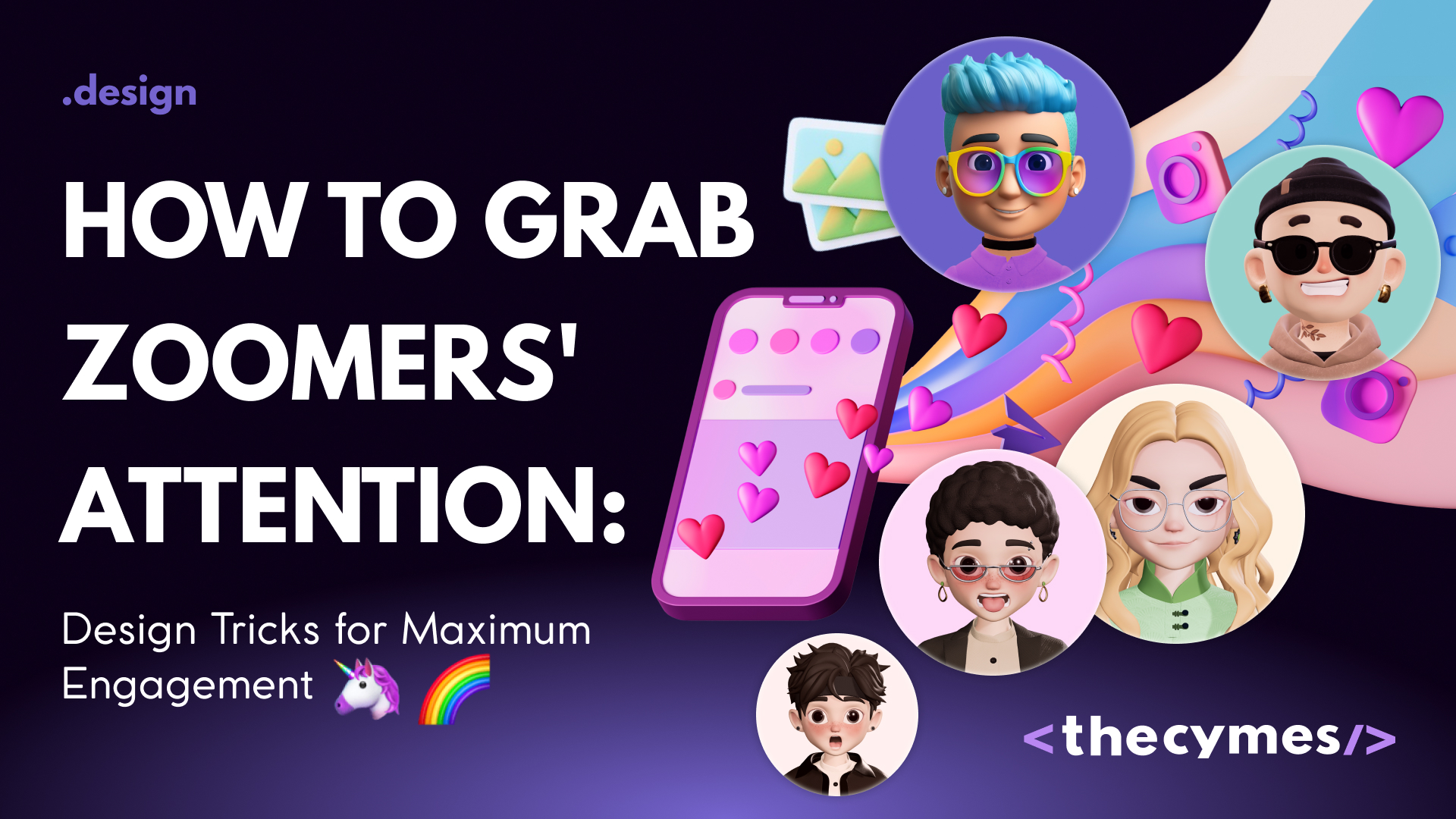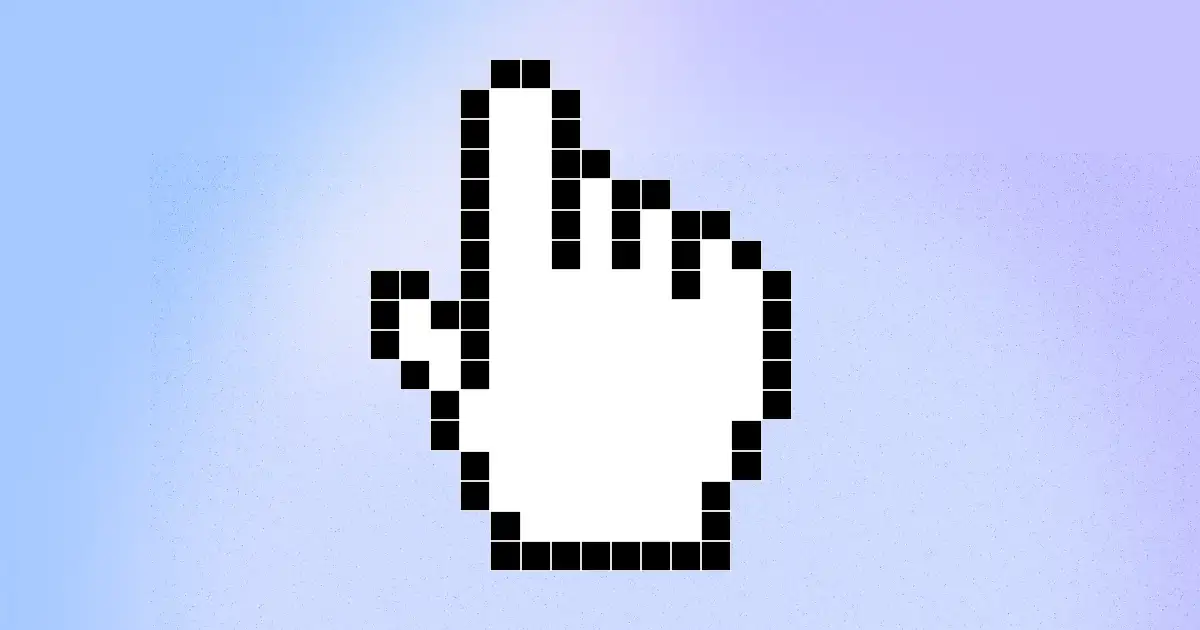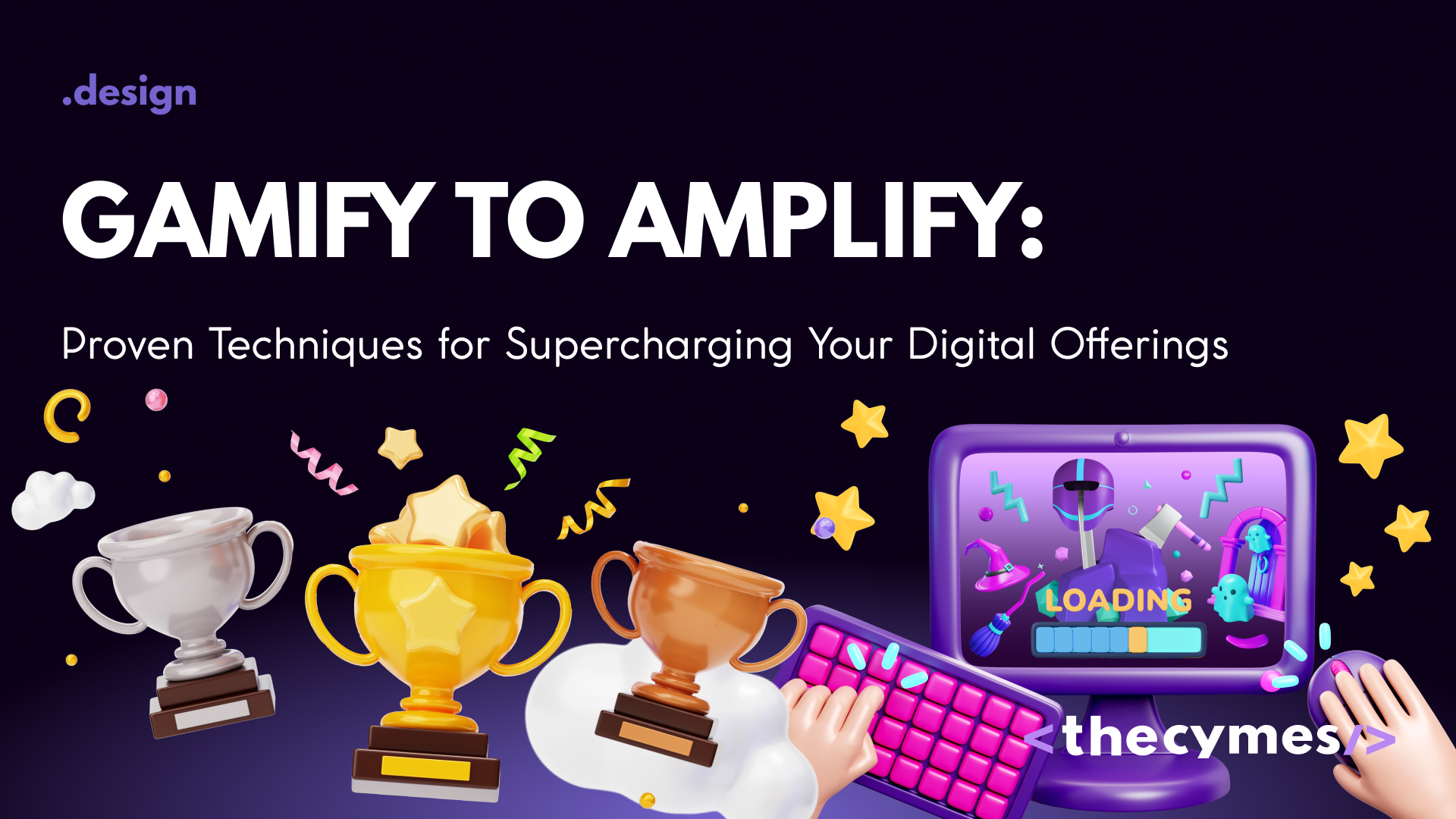Table of Content
How to Grab Zoomers' attention: Design Tricks for Maximum Engagement
/>It's time to stop treating Gen Z as an afterthought and start centering your approach around their worldview. This guide is your playbook for infiltrating the Zoomer mindset through visuals they'll obsess over.Introduction
Generation Z, also known as “zoomers”, is no longer an anonymous entity to contemporary brands. Born between the late 1990s and early 2010s, they make up nearly 40% of global consumers and can spend vast amounts on goods and services. The high-tech or what can be referred to as “digital” generation seems to have high preferences for visually appealing and tailored offers. To ensure that customers remain loyal, corporations must accurately assess design development elements ranging from the outside look of the product to the posts made on social media.
Thus, in this article, we intend to make an analysis of the most crucial concepts that have to be taken into account when designing for Gen Z, with some real-life examples of how these principles can be properly implemented.
Developing Storytelling Around Characters

Image by FreePik
In the past, successful advertising campaigns focused on product characteristics and urged immediate purchase. Instead, their untamed imagination seeks stories with nonrecurring but very prominent characters. For instance, NZXT which deals in gaming computer components developed a cartoon figure known as Poochy – a blue square-like bear and currently the mascot for NZXT’s social media outlets.
In this way, NZXT has successfully appealed to gamer-zoomer and humanized its products through Poochy’s humorous experiences and quick-witted personality. Moreover, to enhance closeness with customers, the company began to sell products, which were items with the company’s mascot imprinted on them.
Character usage Geico insurance company has a very effective Instagram page, where all the activities are managed by their famous cartoon gecko. While this character has been featured consistently since 1999 in the company’s TV advertisements, the organisation then learnt that it could not reach the youthful population through TV advertisements alone, but it had to push the gecko on social media to appeal to the youth.
Therefore, the formation of a lively memorable symbol enables the creation of a whole narrative associated with it and using which to correlate the audience with the brand in question. This has a positive impact on the proper conveyance of the brands image as well as develops an emotional bond with the customer.
Using Trendy Visual Solutions
Concerning the last generation, it is also important to note that Generation Z is very sensitive to aesthetics – they want extraordinary memorable visual images. This is especially the case when it comes to generating content for the social media platforms, on which almost all the zoomers are virtually immersed in throughout their day.
Analyzing NZXT's work, several key techniques can be highlighted that attract the attention of this audience:
- Use of Bright, Saturated Color Palettes: Whereas generation Y likes to find balanced hues and calm pastel shades, generation Z prefers opposite, ‘loud’ tints.
- Experimentation with Unusual Shapes and Textures: For instance, round, red and full-bellied Poochy conveys cute, soft and warm image that can be associated with friendliness.
- Combining Modern and Retro Styles: There is a desire for products that remind of the 90s and 2000s, which opens up possibilities for developing exclusive still sensible ideas.
- Use of Animation and 3D Graphics: Transitioning, the more complex shapes and forms of the volumetric design elements appear to be more memorable to the young audience that is familiar with their content being on the move.
Therefore, the identification of modern trends in visual perception and their competent use provide for brand familiarity and desire among Generation Z.
Developing Engaging Material

Image by FreePik
However, content as well should be as lively and fashionable as possible as well as to look as non-traditional as possible. Idiosyncratic scripted resolution is preferred by Zoomers as they enjoy workarounds that make them participate in interacting with the brand.
Companies must frequently utilize various engagement techniques on social media to get the best result, which results in loyalty. For instance, the language learning application Duolingo developed an extra Instagram account for the corporative symbol – an owl. These come in form of post that are entertaining for users while at the same time familiarizing them with the brand.
Also, once in a while trying out new content formats that easily blend with social media newsfeeds is justified. The digital generation is accustomed to short, vibrant, videos, augmented reality effects, and, interactive story telling, and other modern-day “bells and whistles”. The usage of these, enhances reach, and gives the impression of relevance, or being trendy.
Personalizing Communications
In essence, Zoomers’ expectations of the digital experience are higher, and brands must meet them to a significant extent. Such facilities of the present age enable one to gather information about the customers, what they like, what they might be interested in, as a result delivering personalized offers to the potential clients.
For Instance: During the shopping over the internet, more options over products may be recommended depending on the users’ movements over the website. This occurs on social media because algorithms pick out the content likely to be of interest by an individual user. They are less confronted directly and such customized endorsements are more believed and hence helps in growing the audience base.
Also, Chatbot as a technology opportunity to create a direct conversation with the consumer, creating a more effective and fast dialogue.
In conclusion, it is possible to notice that employing all these approaches may help brands establish a closer bond with Generation Z and guarantee that their offerings will appeal to this significant group of consumers.




